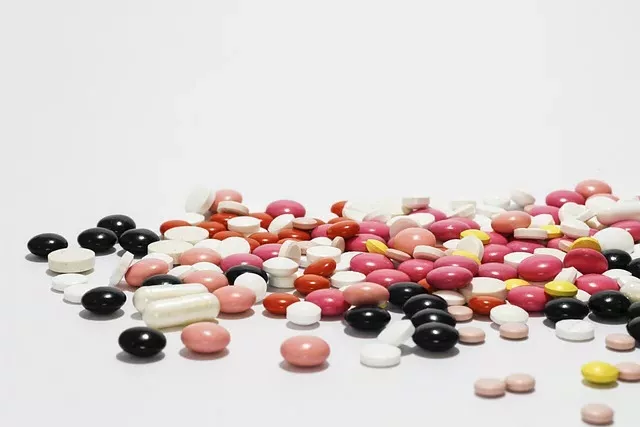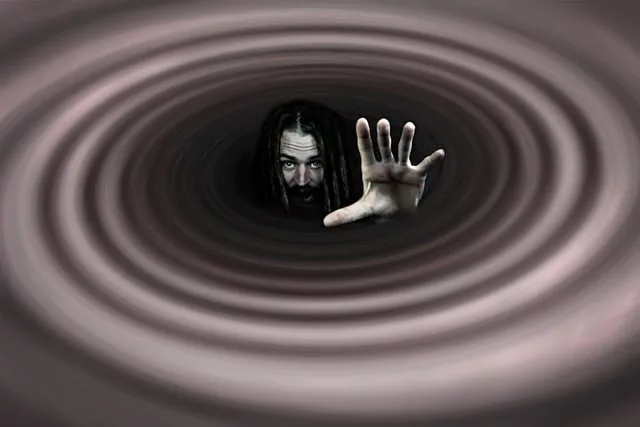Opioid addiction hijacks the brain’s normal chemical balance, making it nearly impossible for a person to feel pleasure or even be functional without the drug. Addiction essentially changes the structure and function of the brain.
Now, researchers at the National Institute on Drug Abuse (NIDA) are using brain imaging to see if different medications – methadone, naltrexone and buprenorphine – do more than just ease cravings brought on by opioid addiction.

“Can we completely recover? I do not know that,” Nora Volkow, director of NIDA, told NBC News, and added that new medications can create “stability” in the brain in a way that allows people to enjoy “everyday pleasures again.”
Healthy Brain vs. Addicted Brain
Healthy Brain
In the absence of addiction, a healthy brain releases “feel-good chemicals” of dopamine as a reward for eating something tasty or exercising or even during time spent with loved ones.
These tiny jolts of dopamine reinforce life’s “simple pleasures” and, essentially, remind the body that we enjoy these activities, that they are pleasurable.
Addicted Brain
Prescription painkillers, drugs like OxyContin, hydrocodone, Vicodin, and Percocet, as well as illicit opioids like heroin, flood the brain with more dopamine than the body can ever naturally produce. Users experience intense waves of pleasure and euphoria, but there are serious biological consequences that come with the “high.”
Over time, the torrent of dopamine rewires the brain, creates tolerance and, as a result, the brain produces less dopamine.
A person addicted to opioids is then in a cycle of using more and more of the drug, not necessarily staying “high,” but avoiding the crushing mental and physical low that occurs without a regular infusion of opioids.
Studying Medications for the Opioid-Addicted Brain
Breakthroughs in medication-assisted treatment (MAT) are proving effective, but some addiction treatment centers continue to promote an abstinence-only approach, pushing back against new evidence-based treatments and, whether unwittingly or not, endorsing a sort of “grin and bear it” style of recovery that’s clearly not effective for most people.
“People say you’re just changing one drug for another,” Volkow told NBC News. “The brain responds differently to heroin, [though]. It’s not the same.”
The ongoing study of the brain at the National Institute of Drug Abuse includes some of the following:
- A screening of 400 people, only 60 of whom qualified because participants cannot have any other health conditions, such as depression, high blood pressure or diabetes, that affect brain chemistry. To date, there are only about 7 people enrolled in the study.
- Examining whether a participant’s brain, someone in recovery from opioid use disorder (OUD), “light up” when they see a picture of heroin in a way that’s different or similar to the way it reacts to an image of another pleasurable activity, like a piece of chocolate cake
- Measuring brain activity as participants are offered a reward of $50 now or, if they’re willing to wait, a payment of $100 a week later
Determining What is Effective for Opioid Addiction
In order for recovery to take hold, Volkow points out that a person must be able to combat the brain’s desires and urges. “We take for granted that people think about the future. Not when you’re addicted,” she said in the interview.
Of the three medication-assisted treatment medications in the study, Volkow has a hunch that buprenorphine, a mild opioid that eases withdrawal symptoms, will be the most effective drug for a greater number of people recovering from opioid addiction.
Still, more studies need to be done because not everyone reacts exactly the same to a single medication.
Moreover, more work needs to be done to overcome the stigma related to MAT and addiction, even within the field of addiction treatment.
“Addiction is a brain disease, ‘not a choice, not a personality flaw, not a moral failing,'” Dr. Jody Glance, an addiction specialist at the University of Pittsburgh Medical Center, who’s closely following the NIDA study, told NBC News.
Related:
How Addiction Affects the Brain
Why Do People Become Addicted To Drugs or Alcohol?
What are the 5 Stages of Addiction?
How Does Opioid Addiction Treatment Work?





